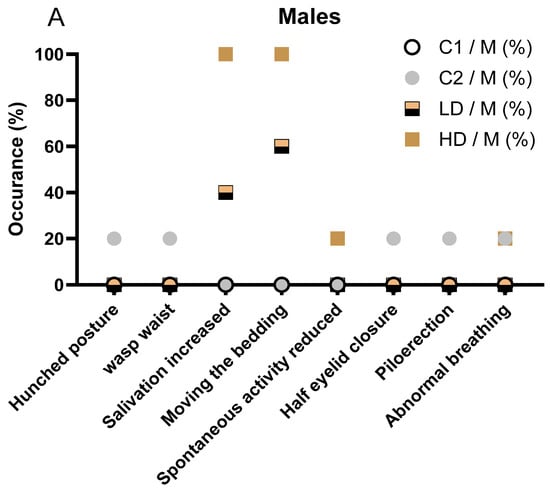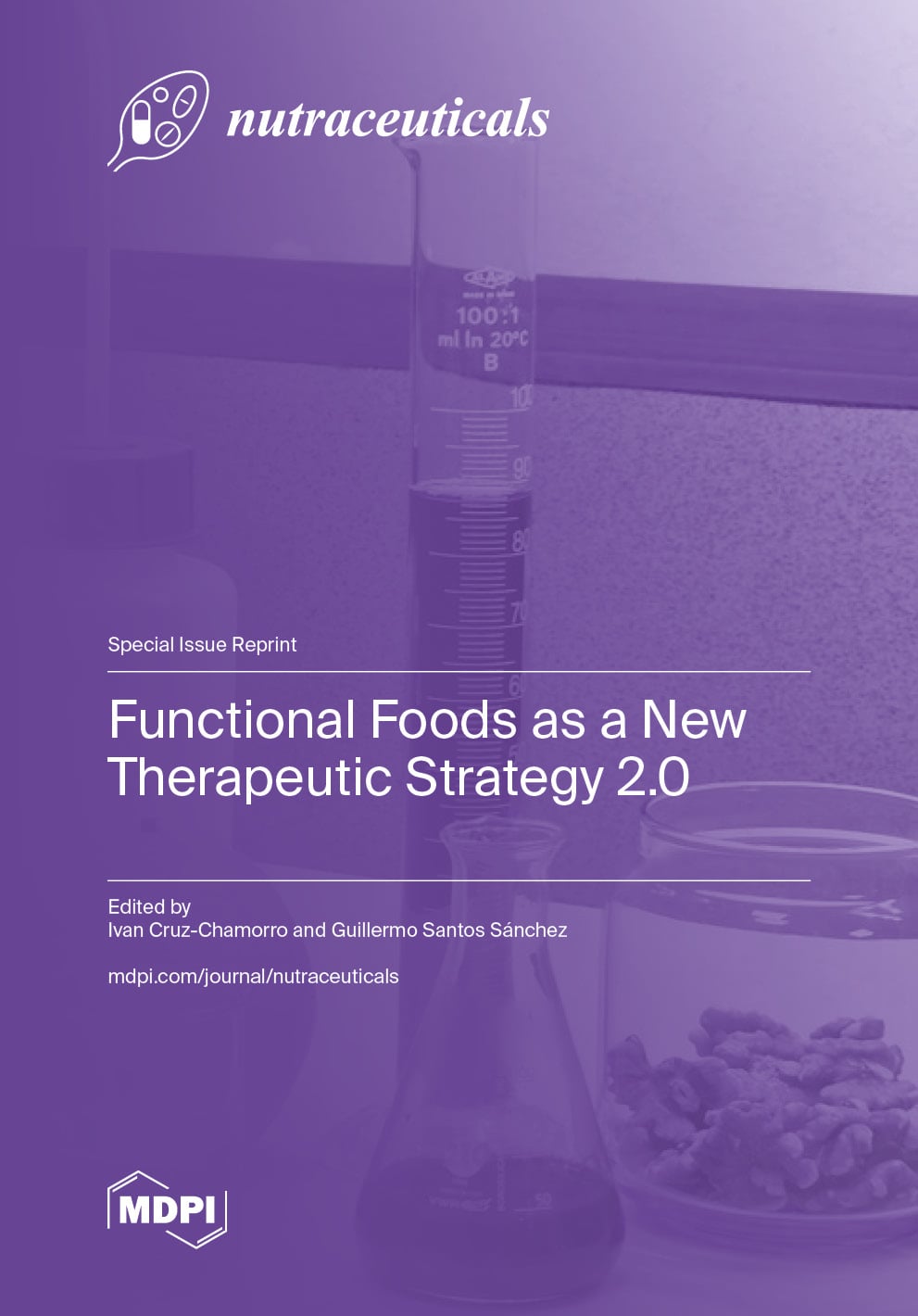- Article
Modulation of Iron Homeostasis by Hepcidin in Response to Elevated Dietary Vitamin D Intake in Rats: An Exploratory Study
- Yukiko Kobayashi,
- Tomoya Hiraishi and
- Ayane Tatara
- + 2 authors
The interrelationship between iron metabolism and vitamin D has attracted increasing attention; however, nutritional knowledge regarding the relationship between iron and vitamin D remains scarce. We hypothesized that a continuous increase in dietary vitamin D intake would enhance biological iron levels through the regulation of hepcidin, and we investigated whether dietary vitamin D levels alter iron dynamics and blood cell status. Twenty-five male Wistar rats aged 7 and 8 weeks were used in experiments 1 (14 days) and 2 (4 days), respectively. Rats were divided into control and vitamin D-supplemented diet groups (14C vs. 14A in Experiment 1; 4C vs. 4A in Experiment 2) and fed the experimental diet ad libitum. In Experiment 2, no significant differences were observed in serum and liver iron levels, total iron-binding capacity, and serum transferrin saturation between groups; however, hepcidin (HAMP) mRNA expression was lower in the 4A group. By contrast, the 14A group showed significantly higher serum and liver iron levels and higher HAMP mRNA expression than the 14C group. These results indicate that high-dose dietary vitamin D alters iron metabolism in rats, characterized by transient suppression of hepatic hepcidin expression and increased liver iron, suggesting modulation of iron regulatory pathways.
7 January 2026







